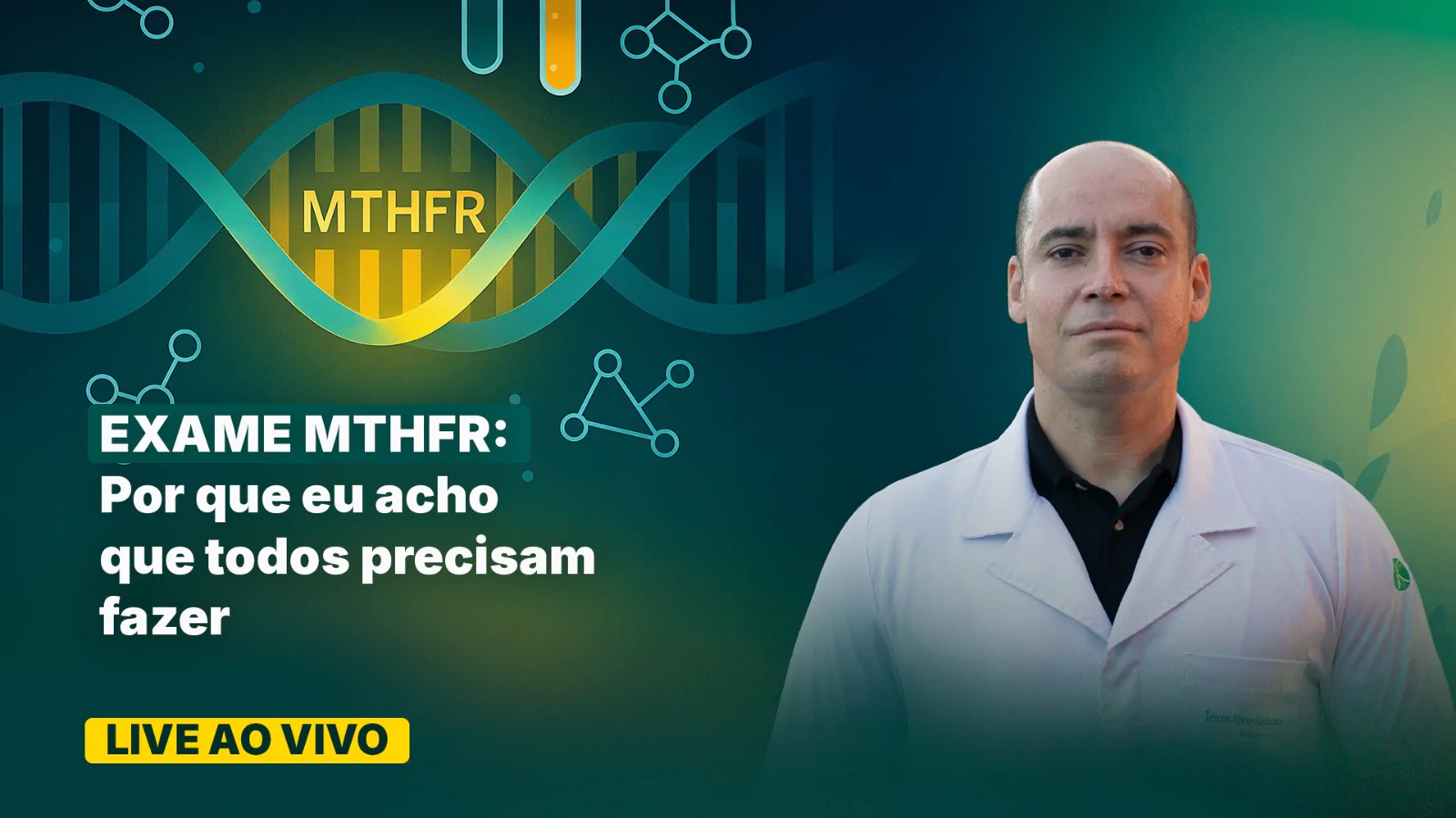HCG – Evidências científicas dos benefícios do seu uso racional e bem indicado/orientado
Sobre o HCG:
Quando seu uso do HCG objetiva emagrecimento saudável, sugiro considerar:
1️⃣ Se contra fatos não há argumentos, sobram evidências de que o bom uso do HCG ajuda muitos a perder peso de forma saudável e sem dependências.
2️⃣ Muita gente opinando por aí, infelizmente, sem conhecer direito o método ou seus fundamentos.
3️⃣ Muita gente preconceituosa manifestando-se, mas que, mesmo já sabendo da quantidade de evidências científicas e práticas, parece que agora simplesmente “não quer dar o braço a torcer”.
4️⃣ Tudo na vida pode ter bom ou mau uso, e isto não faz de algo em si bom ou ruim, mas sim do uso que se faz, adequado ou não.
5️⃣ Quem tem o poder de influenciar os demais deveria ter muito critério em fazer isso para o bem, com o devido embasamento e procurando falar a verdade — que tenha efetivamente buscado conhecer melhor, direito.
6️⃣ O uso adequado do HCG é habitualmente muito mais seguro que o uso de vários tarja-preta e demais medicamentos para emagrecimento vendidos, prescritos e utilizados abusivamente por aí. Mas o HCG não é fabricado no Brasil… Por ora, só é manipulado ou importado. Entendem “a questão”?
7️⃣ Bons profissionais de saúde só indicam o HCG para pacientes com bons hábitos de vida (ou no sincero caminho de melhoria destes) e com mínimo equilíbrio hormonal geral, sob acompanhamento rigoroso e, idealmente, multidisciplinar — tudo isso é fundamental para o sucesso e segurança do método.
Estudo recente comprova a eficácia do uso racional do HCG como adjuvante na perda saudável de peso (e redução de risco cardiovascular).
Contra fatos não há argumentos” – é sempre bom conhecer antes de formar opiniões, conceitos e preconceitos.
🔗 Fonte: MIKIROVA, Nina A.; CASCIARI, Joseph J.; HUNNINGHAKE, Ronald E.; BEEZLEY, Margaret M. Effect of weight reduction on cardiovascular risk factors and CD34-positive cells in circulation. International Journal of Medical Sciences, v. 8, n. 6, p. 445–452, 2011. Disponível em: http://www.ncbi.nlm.nih.gov/pmc/articles/PMC3156990/. Acesso em: 23 jun. 2025.
Pontos-chave abordados sobre o HCG:
✅ Funciona bem associado a bons hábitos de vida, dieta hipocalórica (bem orientada) e suplementação adequada (por exemplo, de vitaminas, minerais e probióticos).
✅ O uso do HCG aumenta/otimiza o uso das reservas de gordura visceral (justamente as mais perigosas para a saúde e que a grande maioria dos métodos de emagrecimento “convencionais” e até mesmo químicos tem dificuldade de abordar eficazmente, com a devida prioridade).
✅ As doses utilizadas do HCG para os fins citados são bem pequenas quando comparadas às quantidades de HCG circulantes em uma gestação.
✅ O uso racional do HCG, junto a bons hábitos de vida, pode ser eficaz tanto na redução da massa gordurosa quanto dos fatores de risco associados a doenças cardiovasculares.
✅ O uso do HCG pode ajudar a melhorar o perfil lipídico geral do paciente (colesterol e triglicerídeos).
✅ O HCG em si promove maior perda de massa gorda por quem o utiliza, além de reduzir a fome e o apetite — ou seja, não é só a dieta hipocalórica que emagrece o paciente que usa HCG, como erroneamente muitos pensam. Quem faz apenas dieta hipocalórica tende a apresentar grande perda de massa muscular associada, o que não costuma ocorrer em quem faz uso racional e bem orientado do HCG.
Saiba bem mais sobre o uso racional do HCG para auxílio no emagrecimento e como/quando ele pode ser benéfico:
Acesse, para vários textos explicando: https://icaro.med.br/?s=hcg
🔗 ASHER, W. L.; HARPER, H. W. Effect of human chorionic gonadotrophin on weight loss, hunger, and feeling of well-being. The American Journal of Clinical Nutrition, v. 26, n. 2, p. 211–218, fev. 1973.
🔗 BELLUSCIO, D. O. The hCG (human Choriogonadotropin) method for obesity treatment: a neglected issue. Disponível em: http://www.hcgobesity.org/. Acesso em: 21 jul. 2013.
🔗 BELLUSCIO, D. O. Uso de hCG para o tratamento da obesidade e sobrepeso. 2010. Disponível em: http://oralhcg.com/portugues/po1.2.htm. Acesso em: 21 jul. 2013.
🔗 BELLUSCIO, D. O.; RIPAMONTE, L.; WOLANSKY, M. Utility of an Oral Presentation of HCG (Human Choriogonadotropin) for the Management of Obesity: A Double Blind Study. The Original Internist, dez. 2009.
🔗 FLEIGELMAN, R.; FRIED, G. H. Metabolic effects of human chorionic gonadotropin (HCG) in rats. Proceedings of the Society for Experimental Biology and Medicine, v. 135, n. 2, p. 317–319, nov. 1970.
🔗 SIMEONS, A. T. W. Pounds and inches: a new approach to obesity. Medical Veritas, v. 5, p. 1797–1825, 2008.
🔗 SIMEONS, A. T. The action of chorionic gonadotrophin in the obese. The Lancet, 1954.





















